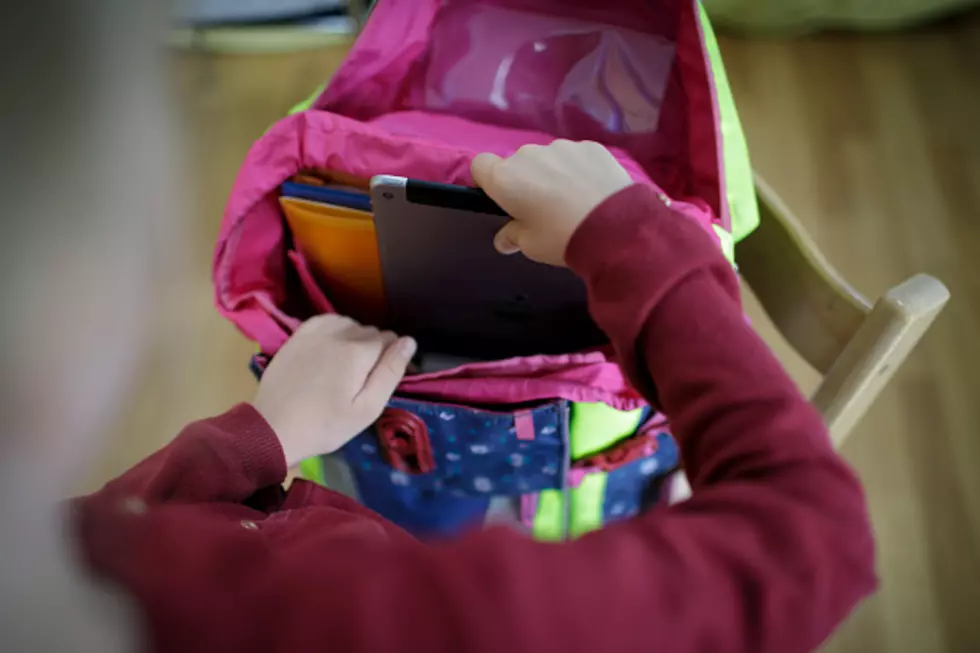
Five Safety Tips for National School Backpack Awareness Day
School is officially back in session! But while we are busy getting our kids ready in the morning, we may not realize that they are at risk for serious injury before they head to school. Believe it or not, our children can suffer back and neck pain every time they wear an overloaded or improperly used backpack.
It’s been reported that thousands of kids are treated for backpack-related injuries every year. Additionally, it was also noted that 85 percent of university students complained about pain and strain in their necks, backs, and shoulders because of backpack usage. Most shockingly, children between the ages of 10-12 are the most vulnerable because of how their bodies remain underdeveloped while carrying heavy backpacks.
Since 2001, the American Occupational Therapy Association (AOTA) launched the first-ever “National School Backpack Awareness Day” to raise awareness about backpack safety. With millions of students wearing backpacks every day, they are always at risk of getting injured. Fortunately, this problem can be easily solved by following five safety tips.
- 1
SELECT THE APPROPRIATE BACKPACK
While our kids pick their backpacks based on looks, we should also make sure they choose the right one based on safety features. We should be certain that the backpack has wide, padded, and contoured straps in the back, on the shoulders, and in the underarms.
We should also check if the zippers can properly zip and unzip while making sure that the backpack has reflective strips to monitor our children when they are walking to and from school. Also, see if the backpack has several pockets to allow for a less concentrated distribution of items.
- 2
KNOW THE WEIGHT GUIDELINE
The mass of a backpack matters as it should not weigh more than 10-15% of your kid’s body weight. For example, if your child is 50-pounds, then their backpack should weigh less than eight pounds.
When necessary, pack only the books that your kids will need for school on a specific day based on their class schedule and homework. This will further reduce the mass of a weighty backpack. Also, consider buying an extra textbook to keep at home or an online version to negate your child’s need for transporting a heavy book.
- 3
PACK CAREFULLY
The way we load a backpack is also important so that our kids can comfortably carry it. Put the weighty items such as textbooks and binders closer to the back and center. Then, place the lighter objects such as a lunchbox in the front and away from the back. Finally, put sharp items such as pencils and pens on the sides of the backpack so that they are not against your child’s back. This will result in a balanced backpack for your kids to wear based on their weight.
- 4
ADJUST AND CARRY THE BACKPACK CORRECTLY
While our kids may want to look cool by wearing a backpack strap on one side, they should put on both straps so that their backpack sits better against their upper backs. Also, adjust the straps so that the top of the backpack is even with your child’s shoulders. Make sure that the bottom of both straps does not extend beyond the top of their hip bones. If the backpack has a sternum strap and hip belt, then be certain that they are also secured. And, make sure that the straps are not too tight for your kids.
- 5
BE AWARE OF POSTURE PROBLEMS
Always look for changes in your child’s body posture whenever they wear their backpack. If your kids are struggling to walk or if they cannot maintain their balance, then that means they are wearing a heavy backpack. Changes in posture can lead to neck and back pain and sometimes headaches. Also, check if there are excessive red marks or bruising on your child’s body as that also signifies that their backpack is weighty.
More From Lite 96.9 WFPG









